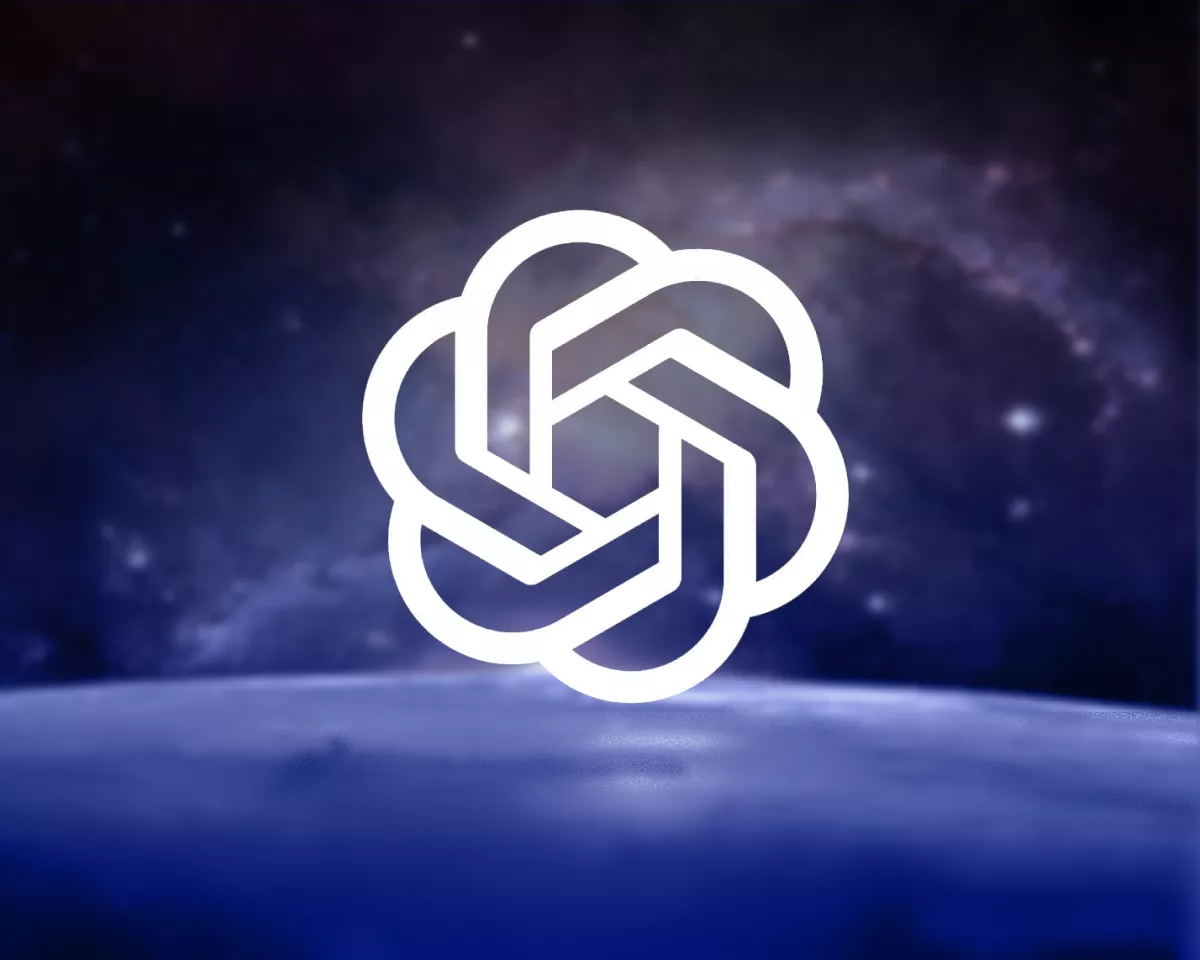As a language model developed by OpenAI, my primary function is to generate human-like text based on the input I receive. I belong to the GPT-3.5 architecture, which stands for "Generative Pre-trained Transformer 3.5," and I'm part of the GPT-3 family of models.
Here are some key points about my work:
Pre-training: I've been pre-trained on a diverse range of internet text up until my knowledge cutoff in January 2022. This extensive training allows me to understand and generate text across various topics.
Generative nature: I generate responses based on the input I receive. You can ask me questions, seek information, or engage in a conversation, and I'll do my best to provide relevant and coherent responses.
Context-aware: I try to maintain context within a conversation, which means I can refer back to earlier parts of the discussion to provide more coherent and relevant answers.
Limitations: While I can be quite versatile, it's important to note that I don't have personal experiences, opinions, or access to real-time information beyond my last training cut-off in January 2022.
Feel free to ask me anything or provide a prompt, and I'll do my best to assist you!
How you work
It works based on a deep learning architecture called Transformer, specifically, the GPT (Generative Pre-Trained Transformer) architecture. Here is a simplified explanation of how it works:
Pre-training: I undergo a pre-training phase where I am exposed to a huge amount of diverse textual data from the Internet. During this stage, I learn to predict what will come next in the sentence, given the context of the previous words. This helps me learn about grammar, context, and general knowledge about different topics.
Architecture: I use a transformer architecture, which is a type of neural network designed to handle sequential data such as text. The transformer model, developed by Vaswani et al., is known for its effectiveness in capturing long-range dependencies in data.
Fine-tuning: After pre-training, I may fine-tune for specific datasets with more narrow ranges or guidelines. This helps me adapt to more specific tasks or create content according to certain standards.
User Input: When you provide me with a prompt or question, I analyze the input and use the patterns I learned during pre-training to generate the response. I don't have access to the Internet or real-time information; My answers are based on what I learned during training.
Understanding context: I try to maintain context within the conversation, taking into account not only current input but also previous interactions. This helps me generate more coherent and contextually relevant responses.
It is important to note that although I can create a text that may appear coherent, I have no awareness, self-awareness, or true understanding. I act on patterns learned from the data during training. If you have more specific questions or if there's a specific way you'd like me to help you, feel free to let me know.
It's free?
Yes, you can use ChatGPT for free. However, OpenAI also offers a subscription plan called ChatGPT Plus, which is a paid subscription service that costs $20 per month. With ChatGPT Plus, subscribers receive benefits such as general access to ChatGPT during peak times, faster response times, and priority access to new features and improvements. The free access to ChatGPT is still available for users who do not subscribe to ChatGPT Plus.


أزال أحد مشرفي المدونة هذا التعليق.
ردحذفإرسال تعليق